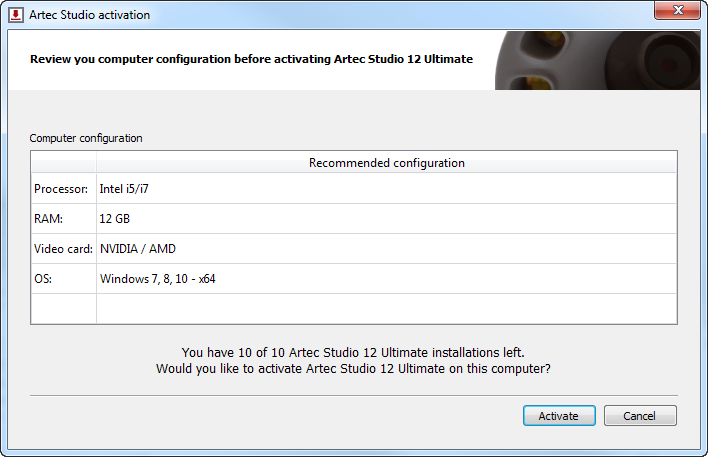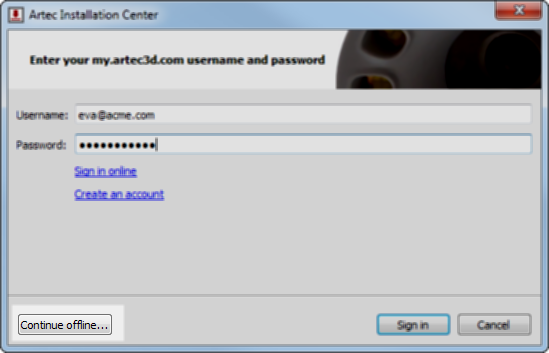
If you’re capturing an object in one scan, do so all the way around the object-regardless of direction-plus a little more (360+ degrees)Īvoid capturing any objects that may change shape during the scanning process. If you’re capturing an object over several scans, remember to capture a common area in each one to ensure successful alignment

Keep the object as close to the center of the field of view as possible.Notes Regarding Scanner-Calibration Files.Correcting Calibration Data for EVA, MHT, MH and L Scanners.Surface-Consistency Detection During Import.Registering Artec Studio as Default Viewer.Using Sections to Measure Area and Volume.Placing Objects on Coordinate Plane (Positioning Tool).Moving, Rotating and Scaling (Transformation Tool).Texture-Healing Brush: Manual Inpainting.Manual Rigid Alignment Using Point Specification.Specifying Points and Editing Their Positions.Manual Rigid Alignment Without Specifying Points.Storing and Exporting Color Information.Understanding How Artec Studio Applies Transformations.Rendering and Texturing Untextured Polygons.Representation of Normals and Boundaries.Notes on Scanning With Third-Party 3D Sensors.Using Photogrammetry Solution (Scan Reference).Auto-align new scans with those marked in Workspace.Base Removal: Erasing a Supporting Surface.

Selecting and Preparing Objects for Scanning.

Managing Artec 3D Scanners and Products.3D Scanner Activation Using Artec Installation Center.


 0 kommentar(er)
0 kommentar(er)
